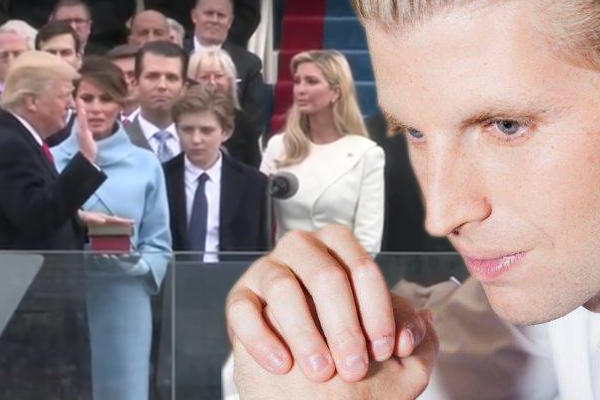Trending
Why the Trump Organization became debt averse, as told by Eric Trump
In 2006, the organization abruptly changed its strategy

Before he became President, Donald Trump proudly self-described as “the King of Debt.”
But, for almost a decade leading up to being elected, Trump poured over $400 million of his own money into buying properties and 14 deals were done without any lenders, according to the Washington Post. So what changed?
The way Eric Trump, the son who is now running the Trump Organization alongside Donald Trump Jr., tells it, the “King” had cash to burn.
“He had incredible cash flow and built incredible wealth,” Trump told the Post. “He didn’t need to think about borrowing for every transaction. We invested in ourselves.”
The strategy defies most contemporary thinking, namely that investors tend to prefer borrowing.
“For privately held real estate firms, basically they like to use as much debt as they can. The only brakes are put on by the lending institutions, who don’t want to lend too much,” MIT real estate finance professor David Geltner told the Post.
“At the end of the day, you want some debt,” Georgetown University real estate professor Ed Walter echoed to the Post.
But, starting in 2006 with the $12.6 million purchase of a Scotland estate, the Trump Organization took a different path. Fueled by sales of residential units and licensing deals, the organization took a more “nimble” approach, as the younger Trump put it.
“If we see an unbelievable opportunity or something that interests us, we want to jump on it,” he told the Post. “With lenders, every time you sneeze, you have to write a four-page report.” [WP] — Erin Hudson




